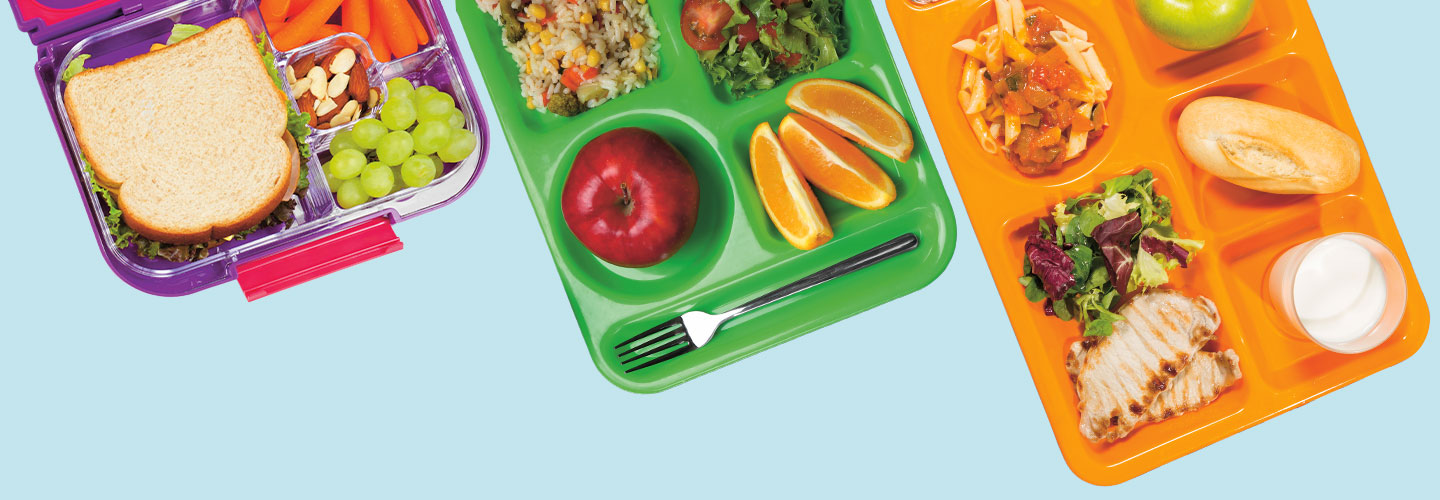You walk into the cafeteria after a long morning of writing activities and math problems. It’s finally lunchtime. Today is pizza day—your favorite. You can’t wait to chow down and hang out with your friends. There’s just one problem. All the seats near them are taken. “Where will I sit?” you wonder. “Who will I talk to?”
That situation may sound familiar. But some kids never have to worry about finding a seat in the lunchroom. That’s because their cafeterias have assigned seating. Kihei Elementary School on Maui, an island in Hawaii, is one example. Fourth-grade teacher Tracy Kraft approves of the policy.
“It helps kids make friends and cuts down on the chaos of the cafeteria,” she says.
But not everyone thinks assigned seating is a good idea. Some people point out that lunch is one of the few times during the school day when kids can relax and chat with their friends. It wouldn’t be fair to force them to sit with people they may not have anything in common with.

